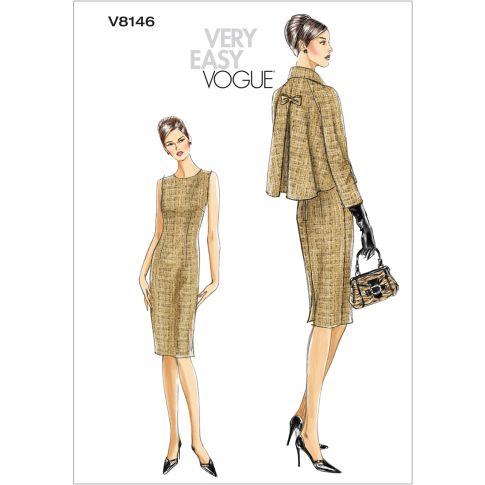Vogue’s Enduring Influence on Fashion and Culture

Introduction
Vogue, often regarded as the fashion bible, has played a critical role in shaping the fashion industry for over a century. Established in 1892, its influence extends far beyond mere magazine production; it dictates trends, dictates styles, and acts as a cultural barometer of what is in vogue. As fashion continues evolving at an unprecedented pace, Vogue’s role as a key player remains pivotal, influencing everything from street style to high couture. With recent economic shifts and changing consumer behaviours, it’s essential to explore how Vogue adapts and continues to wield influence in today’s dynamic environment.
Vogue in the Modern Era
In recent years, Vogue has expanded its influence through digital platforms, capturing a wider audience through social media channels and online content. The publication has embraced technology, launching initiatives like Vogue Runway and the annual Met Gala, which celebrates the intersection of fashion and culture. As of 2023, Vogue’s Instagram account boasts over 25 million followers, highlighting its significant impact on fashion visibility and industry engagement.
Moreover, the magazine has been instrumental in spotlighting diversity within the industry. From featuring models of varied ethnicities to addressing issues such as body positivity and gender fluidity in fashion, Vogue has made strides to be more inclusive. Issues such as ‘Vogue’s Diversity Report’ have underscored its commitment to challenge the norms and promote a more inclusive narrative in fashion.
Events and Initiatives
One significant event catalysed by Vogue was the 2022 Met Gala, themed ‘In America: An Anthology of Fashion’, which not only celebrated American designers but also opened a dialogue about the representation of diverse cultures in fashion. This focus on cultural narrative aligns with global fashion trends leaning toward inclusivity and sustainability. In the face of climate change, Vogue’s sustainability initiatives, including promoting eco-friendly designers, are setting benchmarks for the industry.
Conclusion
In conclusion, Vogue’s relevance in today’s fashion landscape cannot be overstated. Its ability to adapt to modern consumer needs while maintaining its authoritative voice has solidified its place as a cultural institution. As Vogue continues to champion inclusivity and sustainability, it is likely that it will influence future generations of designers, consumers, and fashion enthusiasts alike. The magazine not only reflects trends but shapes the future of fashion, making it an essential digest for anyone interested in the evolving world of style.









